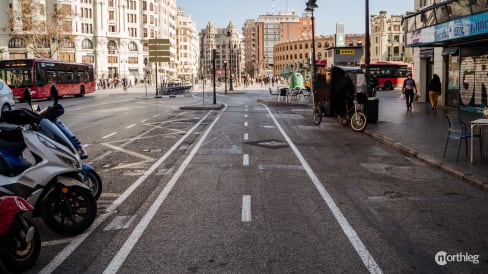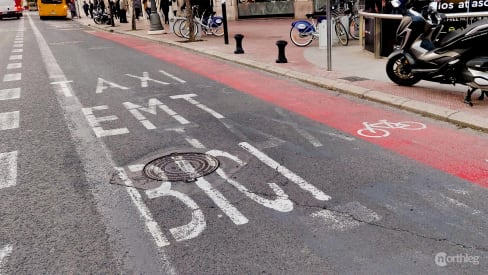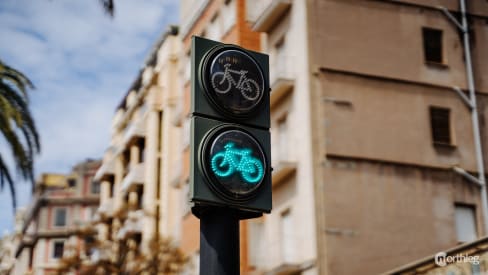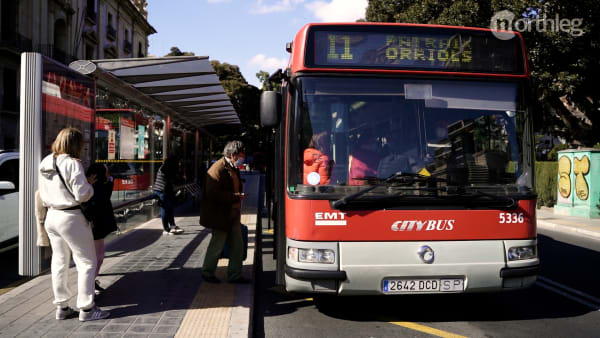Norms and traffic rules for bikes in Valencia
Norms and traffic rules for bikes in Valencia
Every country has their own traffic norms, which must be respected and followed for your own safety and that of others. Here we have gathered all relevant traffic rules so that you can feel safe and avoid any fees when cycling in Valencia city.
General norms
- You cannot wear earphones or headphones while on a bike. This is true in all of Spain, in cities and outside of them. If you do this and get caught, you could get fined up to €200.00, the same you would get for using a phone while driving.
- You must be visible at all times, so at night you must use approved lights at the front and rear of the bike. Valenbisi and private rental bikes already meet these requirements, so you normally don’t have to worry about bringing your own.
- Children under the age of 16 must wear a helmet. Most bike rental shops will also let you rent a helmet when you get your bike.
- Children under 7 (or until they physically fit, generally around 20kg) must travel on a child bike seat, and the bike must be driven by someone over the age of 18.
- You can carry pets with you on a bike.
When you’re on a bike lane
- Bike paths in Valencia can either be a separate lane on the “normal” street, usually recognisable for their red colour, or a painted bike lane on the sidewalk.
- The maximum speed allowed on a bike lane is 15 km/h (if it is a bike lane on the sidewalk) or 20 km/h (if it is a dedicated lane on the road).
- Respect traffic signals, always let pedestrians pass unless the traffic lights or signals indicate otherwise.
- Let others in the street know your movements by signalling in advance with your arms.

When you’re on the road
- If the bicycle path ends you are supposed to cycle on the road. Be careful while doing this because driving on a normal road can be dangerous.
- When driving on a normal road, make sure you are keeping a safe distance between yourself and nearby vehicles of at least 1.5 metres to the side and 5 metres behind and in front.
- Cycling on a bus-exclusive lane is never allowed. You will find these bus-only lanes marked as “EMT” on the road floor. There are, however, bus-bike-taxi lanes, marked as “TAXI-EMT-BICI” on the road floor. These lanes have a section painted in red that acts as a bike lane. This section is exclusively dedicated to bikes and personal transporters (like electric scooters, segways, and electric unicycles). You can also bike in the rest of the bus-bike-taxi lane (outside the red area), but extra caution is recommended.
- When you are cycling on the road, you are only allowed to circulate in the same direction as the rest of the vehicles.
- If you are not going in the right direction on a one-way road, step off your bike and walk for a bit on the footpath.

When you’re in pedestrian areas
- You can only cycle in pedestrian areas if the width of the street is more than 3 metres.
- Ensure that you are leaving at least 1.5 metre space for pedestrians to circulate while keeping a distance of at least 1 metre from them.
- Keep your speed under 10 km/h.
Parking your bike
- Locking your bike to a tree or lamppost when parking is illegal. Look for a bike parking spot.
- Should there not be any available parking space for your bike within 50 metres of your destination, you can lock the bike to urban furniture (except trees, lampposts or building elements).

















